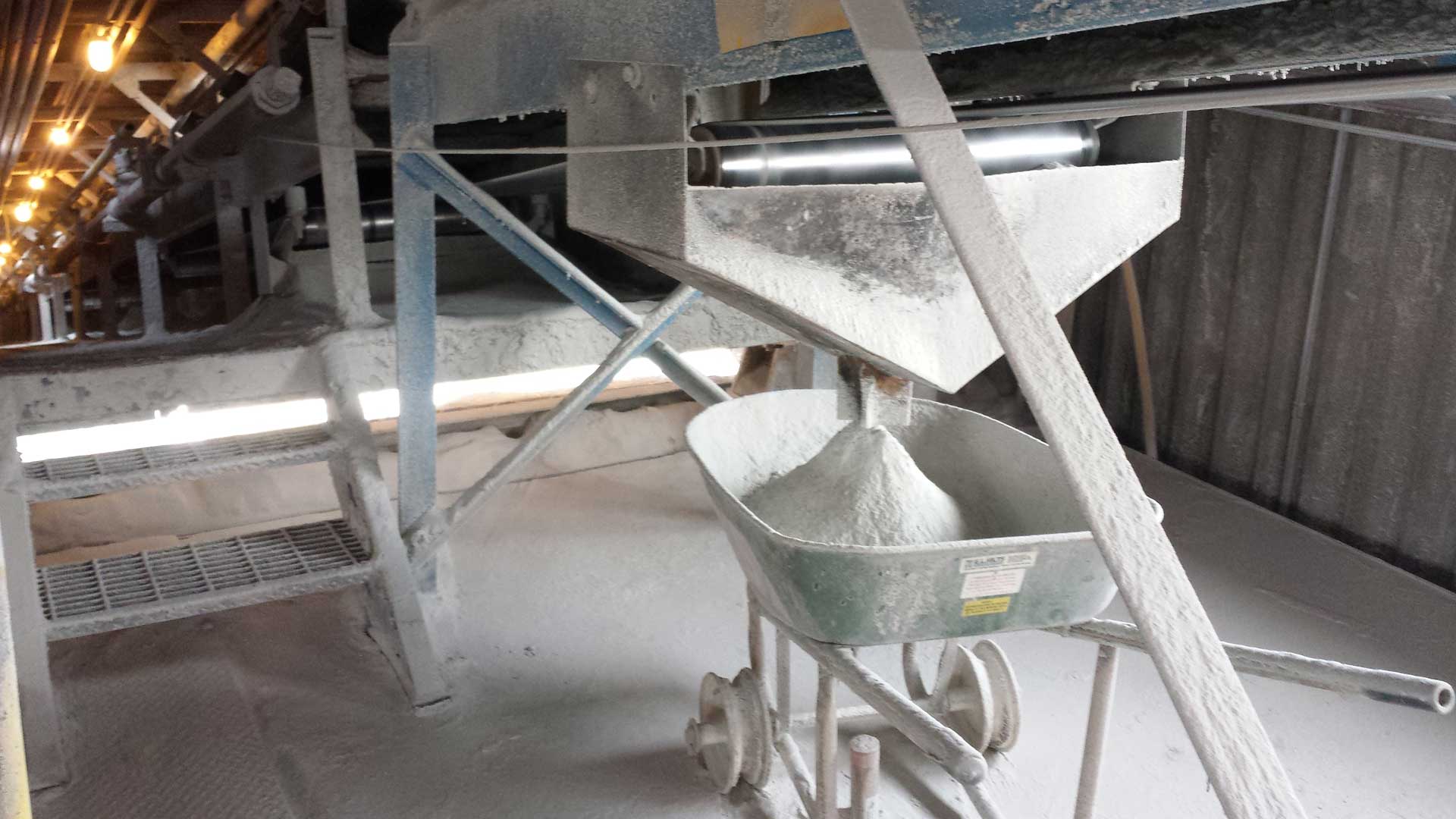Are You Ready for New Respirable Crystalline Silica Standards?

The New Respirable Crystalline Silica Standard: Who is Affected?
The new standard is for General Industry and Maritime. Separate standards for the Construction industry already went into effect in 2017.
Silica is present in a broad range of materials, including glass, ceramic tile, cement, brick, and asphalt. It is one of the main elements in sand, which is widely used in abrasive blasting and other applications. Industries affected by the General Industry standard include:
- Glass manufacturing
- Pottery products
- Structural clay products
- Concrete products
- Foundries
- Dental laboratories
- Jewelry production
- Refractory products
- Ready-mix concrete
- Cut stone and stone products
- Abrasive blasting
- Refractory furnace installation and repair
- Railroad transportation
- Oil & gas operations
New PELs and ALs for Respirable Crystalline Silica
The new OSHA standard cuts Permissible Exposure Levels (PELs) in half and sets a stringent new Action Level (AL) for respirable crystalline silica. Here’s the difference:
- Permissible Exposure Limit (PEL): A time-weighted average concentration that must not be exceeded during any 8-hour work shift of a 40-hour workweek. OSHA has set a PEL of 50 micrograms of respirable crystalline silica per cubic meter of air (50 µg/m3).
- Action Level (AL): The airborne level of silica that creates a hazard to workers. The action level for workplace exposure to respirable crystalline silica is 25 micrograms per cubic meter of air (25 µg/m3) calculated as an 8-hour time-weighted average (TWA) exposure.
Companies should note that the American Conference of Government and Industrial Hygienists (ACGIH) Threshold Limit Value (TLV®) is set at 25 µg/m3. TLVs are set based on the latest scientific consensus on the impact on human health. Many companies may want to aim for the ACGIH TLV rather than settling for the OSHA PEL.
What Do Companies Need to Do Now?
Enforcement of the new standard starts June 23, 2018. By then, companies must have engineering controls in place (such as high-efficiency dust collectors) to meet the new PEL for respirable crystalline silica. In addition, companies must:
- Establish and implement a written exposure control plan that identifies tasks that involve exposure and methods used to protect workers
- Conduct exposure monitoring
- Limit access to areas where workers may be exposed above the PEL
- Train workers on work operations that result in silica exposure and ways to limit exposure
- Make respirators available to employees when working in areas where they will be exposed above the AL (and mandatory for workers in areas where engineering controls cannot be used to meet the PEL)
- Initiate a medical surveillance program for employees who are at or above the AL on 30 or more days per year (enforcement of this standard starts June 23, 2020)
Worried about respirable crystalline silica exposure? Read more here.
Contact Us With Your Questions!
SUBSCRIBE TO
BLOG UPDATES









